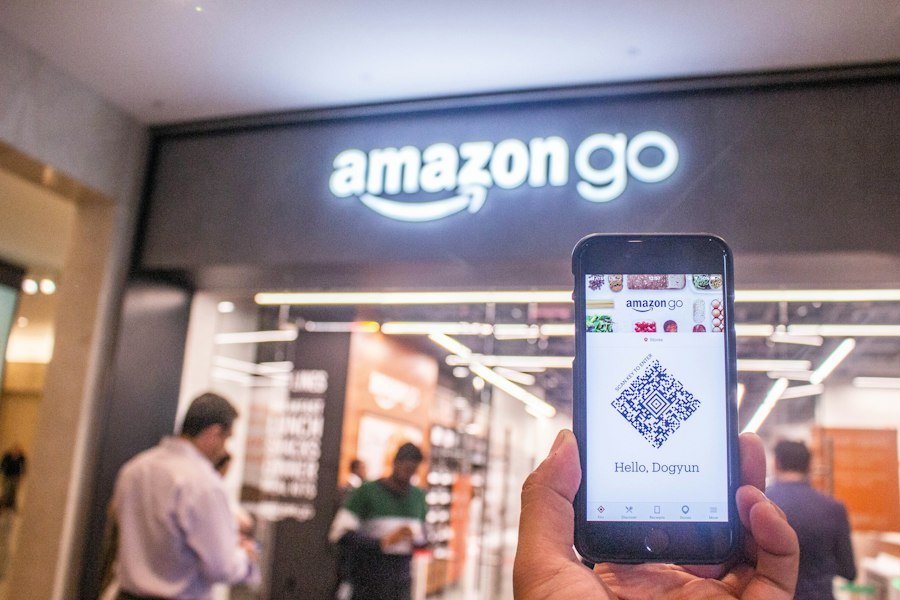QR Code Phishing is a type of scam that has gained popularity in recent years due to the widespread use of QR codes in various industries. A QR code, short for Quick Response code, is a two-dimensional barcode that can be scanned using a smartphone or other scanning devices. It contains information that can be quickly accessed by the user, such as website URLs, contact details, or product information.
However, scammers have found a way to exploit this technology for their malicious purposes. QR Code Phishing involves the use of fake or compromised QR codes to trick unsuspecting individuals into revealing their personal information or downloading malware onto their devices. It is important to be aware of this type of scam as it can lead to identity theft, financial loss, and other serious consequences.
Key Takeaways
- QR code phishing is a growing threat that can compromise your personal information and finances.
- Scammers use QR codes to redirect you to fake websites or download malware onto your device.
- QR code phishing scams can take many forms, including fake promotions, surveys, and job offers.
- To avoid falling for a QR code phishing scam, always verify the source of the code and be wary of unsolicited messages.
- Protect yourself by using a reputable QR code scanner, keeping your software up to date, and regularly monitoring your accounts for suspicious activity.
How QR Code Phishing Works
QR Code Phishing works by manipulating the trust people have in QR codes and their convenience. Scammers create fake QR codes that appear legitimate and trustworthy, often mimicking well-known brands or organizations. These QR codes are then distributed through various channels, such as email attachments, social media posts, or physical stickers placed in public areas.
When a person scans the fake QR code using their smartphone or scanning device, they are redirected to a fraudulent website or prompted to download a malicious app. This website or app is designed to collect personal information, such as login credentials, credit card details, or other sensitive data. In some cases, the downloaded malware can also give scammers remote access to the victim's device, allowing them to monitor their activities and steal additional information.
Types of QR Code Phishing Scams
There are several ways scammers use QR codes to trick people into falling for their phishing scams. One common tactic is the use of counterfeit QR codes on physical objects, such as product packaging or promotional materials. For example, a scammer may place a fake QR code on a product label, leading the unsuspecting customer to a fraudulent website where they are asked to provide personal information.
Another type of QR Code Phishing scam involves the use of social engineering techniques. Scammers may create QR codes that promise exclusive discounts, freebies, or other enticing offers. When users scan these codes, they are directed to a website that appears legitimate but is actually designed to collect their personal information.
Examples of QR Code Phishing Attacks
| QR Code Phishing Attack | Description | Impact |
|---|---|---|
| Malicious QR Code | A QR code that leads to a phishing website or downloads malware. | Can result in stolen personal information or compromised devices. |
| QR Code Spoofing | A QR code that appears to be legitimate but actually leads to a phishing website or downloads malware. | Can result in stolen personal information or compromised devices. |
| QR Code Hijacking | A QR code that has been replaced with a malicious one, leading to a phishing website or downloads malware. | Can result in stolen personal information or compromised devices. |
Real-life examples of QR Code Phishing attacks serve as a stark reminder of the effectiveness and potential dangers of this scam. In one case, scammers placed fake QR codes on parking meters in a busy city. When unsuspecting drivers scanned the codes to pay for parking, they were redirected to a fraudulent website where their credit card information was stolen.
Scammers also use social engineering tactics to make their attacks more convincing. For instance, they may send out emails or text messages claiming to be from a trusted organization, such as a bank or a popular online retailer. These messages contain QR codes that, when scanned, lead the victims to fake websites where their login credentials are harvested.
How to Spot a Scam
To protect yourself from falling victim to a QR Code Phishing scam, it is important to be able to spot the signs of a fraudulent QR code. One red flag is if the QR code appears on an object or in a location where it seems out of place or suspicious. For example, if you come across a QR code on a random flyer or sticker in a public area, it is best to exercise caution before scanning it.
Another sign to look out for is poor design or low-quality printing of the QR code itself. Legitimate organizations usually invest in high-quality printing and ensure that their QR codes are clear and easily scannable. If the QR code appears blurry or distorted, it may be a sign that it is fake or compromised.
To verify the authenticity of a QR code, you can use a QR code scanner app that provides additional information about the code's content before redirecting you to a website or prompting you to download an app. This can help you determine if the QR code is legitimate or if it is part of a phishing scam.
Common QR Code Phishing Tactics
Scammers employ various tactics to make their QR Code Phishing attacks more effective. One common tactic is to create a sense of urgency or exclusivity. For example, scammers may claim that the QR code leads to a limited-time offer or a special discount that is only available to a select few. This can entice users to scan the code without thoroughly considering the potential risks.
Another tactic scammers use is to imitate well-known brands or organizations. By creating fake QR codes that resemble those used by reputable companies, scammers can exploit the trust people have in these brands and increase the likelihood of their victims falling for the scam.
To avoid falling for these tactics, it is important to remain vigilant and skeptical when scanning QR codes. Take the time to carefully evaluate the source of the QR code and consider whether it seems legitimate and trustworthy.
The Risks of Falling for a Phishing Scam
Falling for a QR Code Phishing scam can have serious consequences. One immediate risk is the potential loss of personal information, such as login credentials, credit card details, or social security numbers. This information can be used by scammers for identity theft, financial fraud, or other malicious activities.
In addition to personal risks, falling for a QR Code Phishing scam can also have broader implications. For example, if scammers gain access to your email or social media accounts through a phishing attack, they may use these accounts to send out spam or spread malware to your contacts. This can lead to a chain reaction of compromised accounts and further spread of the scam.
How to Protect Yourself from QR Code Phishing
To protect yourself from QR Code Phishing, there are several steps you can take. First and foremost, it is important to keep your devices and apps up to date with the latest security patches. This helps ensure that any vulnerabilities that scammers may exploit are patched and minimized.
Secondly, be cautious when scanning QR codes, especially those that appear in unexpected or suspicious locations. Take the time to evaluate the source of the QR code and consider whether it seems legitimate. If in doubt, it is best to err on the side of caution and avoid scanning the code.
Best Practices for Using QR Codes Safely
To use QR codes safely, it is important to follow some best practices. First, only scan QR codes from trusted sources. If you receive a QR code via email or text message, verify the sender's identity before scanning it. Additionally, be cautious when scanning QR codes in public places, as scammers may place fake codes in high-traffic areas to target unsuspecting individuals.
Another best practice is to use a reputable QR code scanner app that provides additional information about the code's content before redirecting you to a website or prompting you to download an app. This can help you identify potential risks and make an informed decision about whether to proceed with scanning the code.
What to Do if You Fall for a QR Code Phishing Scam
If you fall for a QR Code Phishing scam, it is important to take immediate action to minimize the damage. First, disconnect your device from the internet to prevent further communication between the scammer's server and your device. This can help prevent additional data theft or malware installation.
Next, change any passwords or login credentials that may have been compromised as a result of the scam. This includes passwords for your email accounts, social media accounts, online banking, and any other sensitive accounts.
Finally, report the scam to the appropriate authorities, such as your local law enforcement agency. By reporting the scam, you can help prevent others from falling victim to the same scheme and potentially assist in the investigation and prosecution of the scammers.
Staying Safe in the Age of QR Code Phishing
In conclusion, QR Code Phishing is a growing threat that can lead to serious consequences if not properly addressed. It is important to be aware of this type of scam and take proactive measures to protect yourself and your personal information.
By staying vigilant and following best practices for using QR codes safely, you can minimize the risk of falling for a QR Code Phishing scam. Remember to carefully evaluate the source of QR codes before scanning them, use reputable QR code scanner apps, and keep your devices and apps up to date with the latest security patches.
In the age of rapidly advancing technology, it is crucial to stay informed and educated about potential scams and threats. By doing so, you can navigate the digital landscape with confidence and protect yourself from falling victim to QR Code Phishing scams. Stay safe!


